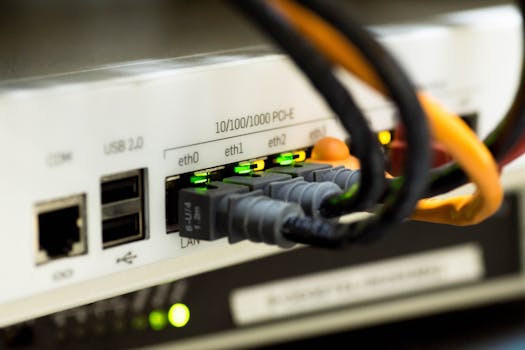
Starlink: The Revolutionary Satellite Internet Constellation
Starlink is a satellite internet constellation developed by SpaceX, aiming to provide high-speed, low-latency broadband connectivity worldwide. With the focus keyword Starlink at the forefront of this innovative technology, we delve into the details of this groundbreaking project. Starlink is designed to offer fast and reliable internet services to remote and underserved areas, where traditional fiber-optic or cable internet infrastructure is lacking. The constellation consists of thousands of small satellites in low Earth orbit, working together to provide seamless internet coverage.
The idea of Starlink was first announced by Elon Musk, CEO of SpaceX, in 2015. Since then, the company has made significant progress in developing and launching the satellite constellation. In February 2018, SpaceX launched the first two Starlink prototypes, called Tintin A and Tintin B, to test the satellite design and communication systems. The first batch of 60 operational Starlink satellites was launched in May 2019, and subsequent launches have continued to expand the constellation.
How Starlink Works
Starlink uses a combination of advanced technologies to provide high-speed internet services. Each satellite is equipped with a phased array antenna, which allows it to communicate with multiple users simultaneously. The satellites also use a unique propulsion system, called the Hall effect thruster, to maintain their orbit and position in the constellation. The user terminals, which are small and compact, use a similar phased array antenna to communicate with the satellites and receive internet signals.
The Starlink system operates on the Ka- and Ku- frequency bands, which provide high-bandwidth and low-latency communication. The satellites are also equipped with inter-satellite links, allowing them to communicate with each other and routing internet traffic through the constellation. This architecture enables Starlink to provide fast and reliable internet services, even in areas with limited or no terrestrial infrastructure.
Benefits and Applications of Starlink
Starlink has the potential to revolutionize the way we access and use the internet. By providing high-speed and low-latency connectivity, Starlink can enable a wide range of applications and services, including online education, remote healthcare, and high-definition video streaming. The constellation can also provide critical communication services during natural disasters or other emergencies, when traditional communication infrastructure is disrupted.
Starlink can also play a significant role in bridging the digital divide, which affects millions of people worldwide. By providing internet access to remote and underserved areas, Starlink can help to promote economic development, improve healthcare outcomes, and enhance educational opportunities. The constellation can also support the growth of emerging technologies, such as the Internet of Things (IoT) and autonomous vehicles, which require fast and reliable internet connectivity.
Challenges and Future Developments
While Starlink has made significant progress, there are still several challenges to be addressed. One of the main concerns is the potential for space debris and the impact of the satellite constellation on the environment. SpaceX has taken steps to mitigate these risks, including the use of a de-orbiting system that allows the satellites to burn up in the atmosphere at the end of their life cycle.
Another challenge is the need for regulatory approvals and coordination with other satellite operators and stakeholders. SpaceX has been working with regulatory agencies, such as the Federal Communications Commission (FCC), to ensure compliance with existing regulations and to develop new guidelines for the operation of satellite constellations.
Future developments of Starlink are expected to focus on expanding the constellation and improving the performance and capabilities of the system. SpaceX plans to launch thousands of additional satellites in the coming years, which will enable the constellation to provide global coverage and support a wide range of applications and services.




